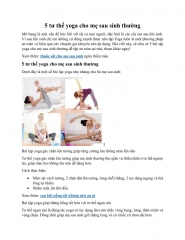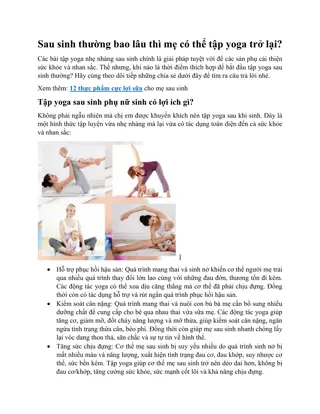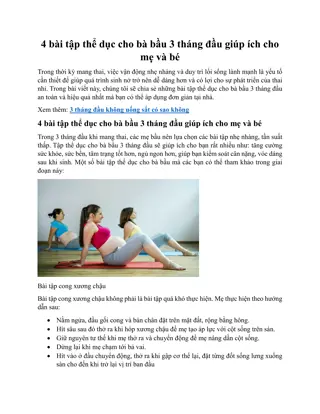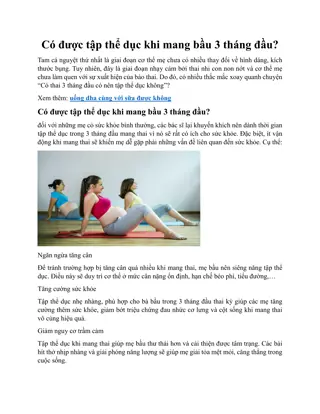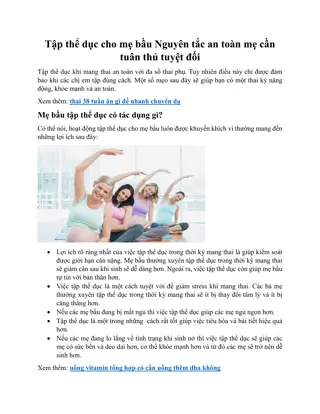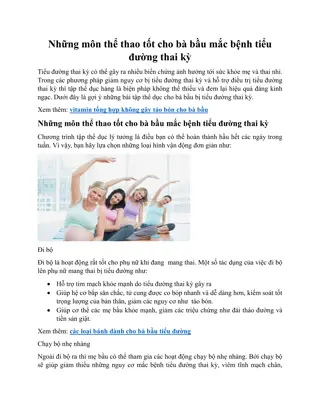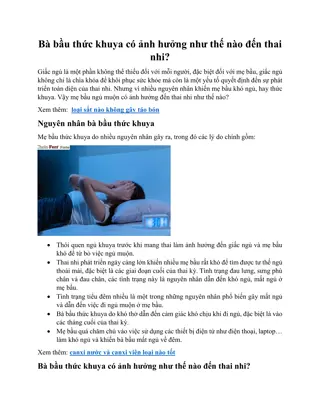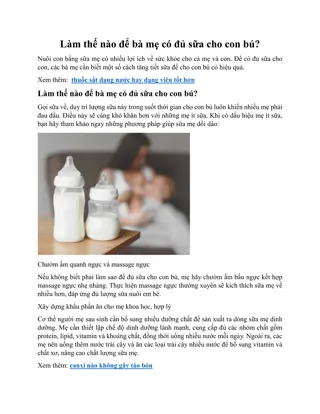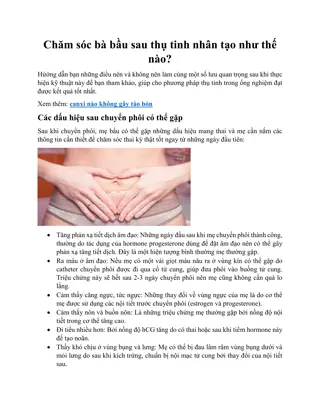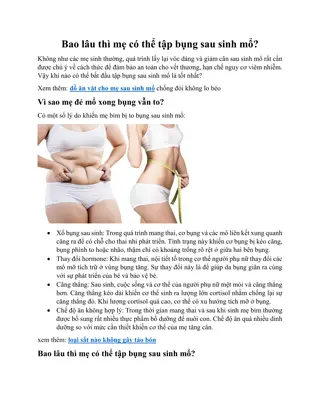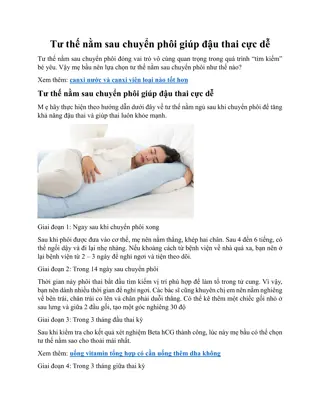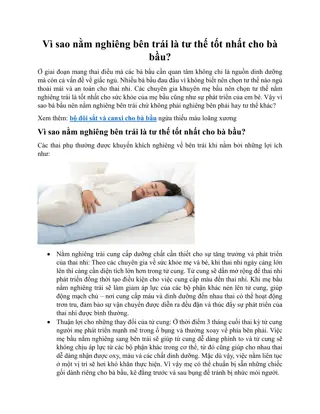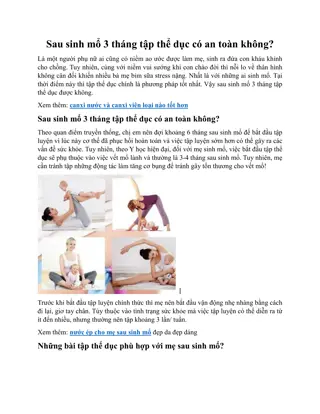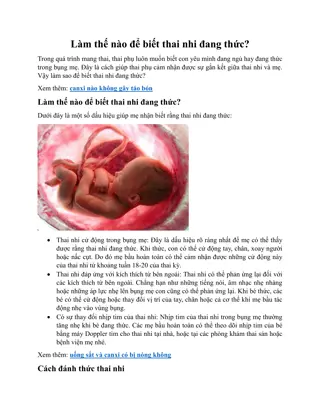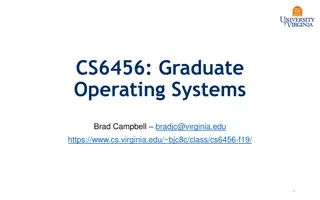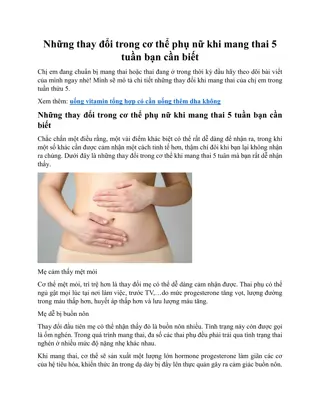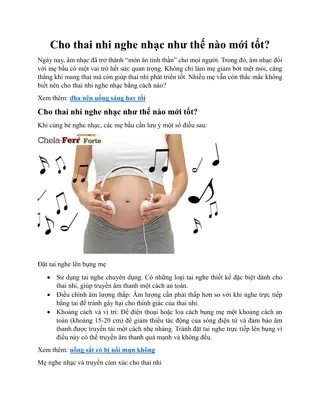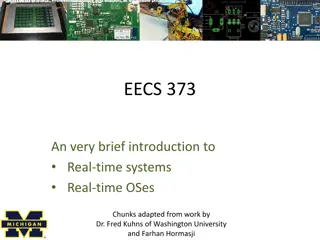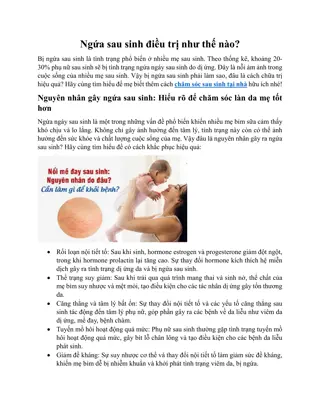Unit 3: Implications in the Real World
This content delves into Unit 3, focusing on implications in the real world. It covers topics such as student assessments, behaviors to study, characteristics of behaviors like schizophrenia, and biological explanations for addictive behaviors.
Download Presentation

Please find below an Image/Link to download the presentation.
The content on the website is provided AS IS for your information and personal use only. It may not be sold, licensed, or shared on other websites without obtaining consent from the author.If you encounter any issues during the download, it is possible that the publisher has removed the file from their server.
You are allowed to download the files provided on this website for personal or commercial use, subject to the condition that they are used lawfully. All files are the property of their respective owners.
The content on the website is provided AS IS for your information and personal use only. It may not be sold, licensed, or shared on other websites without obtaining consent from the author.
E N D
Presentation Transcript
Unit 3 The paper will have two sections Section A Students answer three questions in full. Each question will have two sections (a and b). Due to optionality each question will be worth 10 AO1, 5 AO2 and 10 AO3 marks. AO1 = knowledge & understanding AO2 = application & selection of material and/or reference to a statement/scenario AO3 = evaluation
Unit 3 AO1 = knowledge & understanding AO2 = application & selection of material and/or reference to a statement/scenario Applying knowledge to scenarios AO3 = evaluation
BEHAVIOURS Students need to study three from six nominated behaviours: Addictive behaviours Autistic spectrum behaviours Bullying behaviours Criminal behaviours Schizophrenia Stress
Know the characteristics of the behaviour Example (a) Describe the characteristics of .. e.g. If this was about schizophrenia credit could be given for: Delusions: of persecution, of grandeur, of reference, of control Hallucinations: e.g. auditory (hearing voices), visual (seeing objects and / or persons) Disorganized speech: e.g. word salad Disorganized behaviour; lack of inhibition, bizarre and unpredictable Negative symptoms: social withdrawal, deterioration of personal hygiene, inability to cry or express joy, unable to concentrate Any other relevant characteristic (as indicated by DSM V)
Know the characteristics of the behaviour Not all behaviours have DSM characteristics In this instance it is absolutely fine to link it to definitions or research that discusses characteristics such as Olweus s 1993 definition of bullying or Griffith s 2005 suggestion of the six criteria that need to be met for a behaviour to be considered an addiction.
KNOW AND UNDERSTAND BIOLOGICAL EXPLANATIONS OF THE BEHAVIOURS SAMs example: Outline two biological explanations for addictive behaviours. Examining the biological underpinnings of our experience and behaviour. The bullet points in the specification are just examples. As long as you teach at least two you can choose any other explanations.
KNOW AND UNDERSTAND INDIVIDUAL DIFFERENCES EXPLANATIONS OF THE BEHAVIOURS No SAMS questions on this to show you. Examining the difference in behaviour between individuals. The bullet points in the specification are just examples. As long as you teach at least two you can choose any other explanations.
KNOW AND UNDERSTAND SOCIAL PSYCHOLOGICAL EXPLANATIONS OF THE BEHAVIOURS SAMs example: Outline two social psychological explanations of criminal behaviours. Examining the nature and causes of individual behaviour in social situations. The bullet points in the specification are just examples. As long as you teach at least two you can choose any other explanations.
EVALUATION OF EXPLANATIONS OF THE BEHAVIOURS SAMs examples: Evaluate two individual differences explanations of addictive behaviours. Bullies are born and not made . Assess how far you agree with this statement. Evaluate the strengths and weaknesses of two explanations of stress.
KNOW AND UNDERSTAND THE METHODS OF MODIFYING THE BEHAVIOURS SAMs example: Describe one method of modifying bullying behaviour.
KNOW AND UNDERSTAND THE METHODS OF MODIFYING THE BEHAVIOURS SAMs example: Ceri has recently changed jobs and is struggling to meet the deadlines and targets in his new managerial role. He is having problems sleeping, is overeating and his blood pressure has increased. His GP has diagnosed him with stress. Describe how these symptoms of stress could be modified.
KNOW AND UNDERSTAND THE METHODS OF MODIFYING THE BEHAVIOURS For each behaviour you need to teach both stated methods of modifying from the specification. You can cover more than the two methods of modifying behaviour but we would only be able to ask specifically about the methods listed in the specification.
APPLY THE EXPLANATIONS TO METHODS OF MODIFYING THE BEHAVIOURS This should be viewed as applying the whole explanation (e.g. Biological) as a way of explaining the rationale behind the method. You may find that some specific examples, such as the dopamine hypothesis, would lend itself well to applying this to antipsychotic drugs. However, as each explanation is only offered as an example in the specification this does not mean that candidates are specifically required to know how each example applies to the method.
EVALUATE THE METHODS OF MODIFYING THE BEHAVIOURS SAMs examples: Evaluate ways of modifying autistic spectrum behaviours. Discuss the view that anger management is more effective at modifying criminal behaviours than restorative justice.
CONTROVERSIES Learners must answer one from two questions from this section. The questions could cover the whole controversy or focus on specific bullet points as given in the specification. Two different controversies will be covered by the questions.
CONTROVERSIES The controversies of psychology are fundamental to an overall appreciation of psychological endeavours. There should be an awareness of them throughout the studying of the specification. Care should be taken not to simplistically recycle without ensuring absolute relevance and appropriateness to the context of the question.
CONTROVERSIES For each controversy students will need to: understand the issue and why it is controversial apply knowledge and understanding to controversies in psychology Present both sides of the debate / argument make judgements and come to conclusions about the controversies from a psychological perspective.
What makes a good essay? Research has demonstrated that even without the use of mark schemes teachers are able to reliably compare essays to determine which of the two is of a better standard. Let s give it a go! Read through the four essays on explanations of schizophrenia and place the responses into rank order. Once you have decided on your rank order, try and make a note of what makes the difference between each of the essays.
What do good students do? They structure their essays in a logical order They use transitional and linking words They elaborate They put things into context They relate material back to the question They use appropriate terminology They provide counterpoints They explore the implications
Demonstrating and applying knowledge and understanding At A2 we would expect top band answers to contain thorough and accurate knowledge. Level of detail Student response Basic detail The genetic disposition of depression is supported by research evidence. More detail The genetic disposition of depression is supported by research evidence, e.g. Nesse (1999). Even more detail The genetic disposition of depression is supported by research evidence, e.g. Nesse (1999) who found 68% concordance rates for bipolar disorder in identical twins in a review of research.
Analysing, interpreting and evaluating At A2 we would expect top band answers to demonstrate thorough evaluation. This can be achieved by students exploring empirical evidence in a number of different ways: Using empirical evidence for the study of behaviours
Moving from the general to the specific Getting students used to drawing conclusions from research evidence can help them gain confidence in applying their AO3 skills. Have a look at two examples in your pack and see what brief conclusions students could draw.
Suggested conclusions Stress research 1 - Stress and life events This study provides strong support for the relationship between stress (life events) and illness. However, as this was not an experiment manipulating stress we need to be clear that this does not provide evidence for a causal link between stress and illness. Stress research 2 - Brady - The role of stress in the development of ulcers This study supports the conclusion that it was the responsibility of trying to avoid the shocks that caused the stress. In other words, having control is stressful and this is what caused gastric ulceration which killed the executive monkeys. This provides experimental support for the causal link between stress and illness as this was an experiment which manipulated stress levels.


